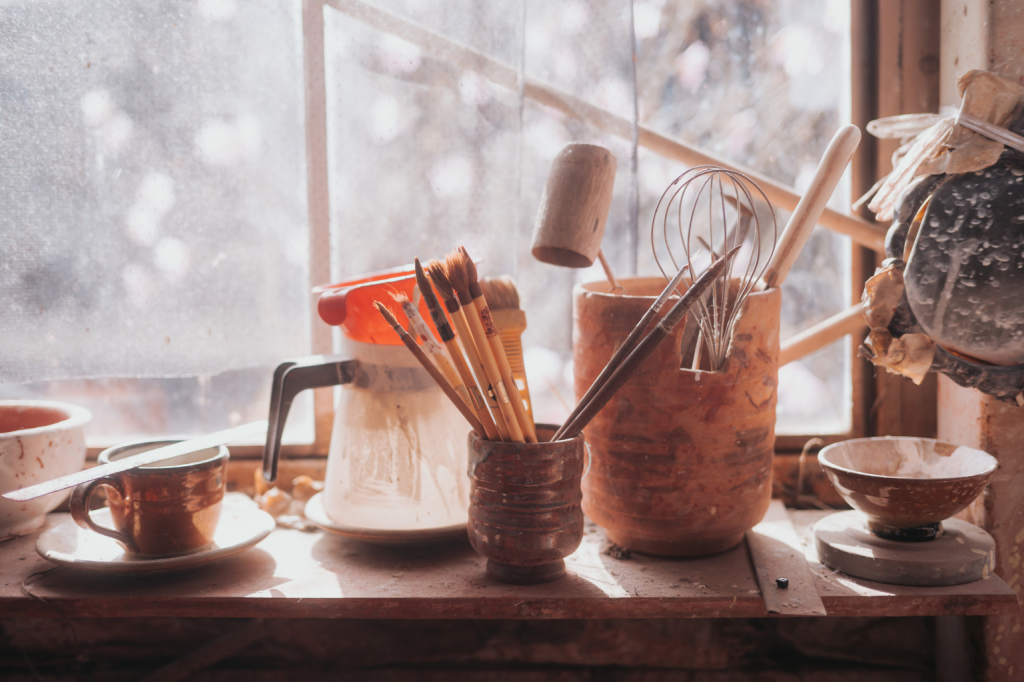Residents of Nakagawa-machi, a quiet town on the eastern border of Tochigi Prefecture, live enviable lives. From rich lush greenery on every corner — translating to an explosion of blossoms when sakura is in season — to unique art venues and diverse dining, there is much to enjoy in this charming area.
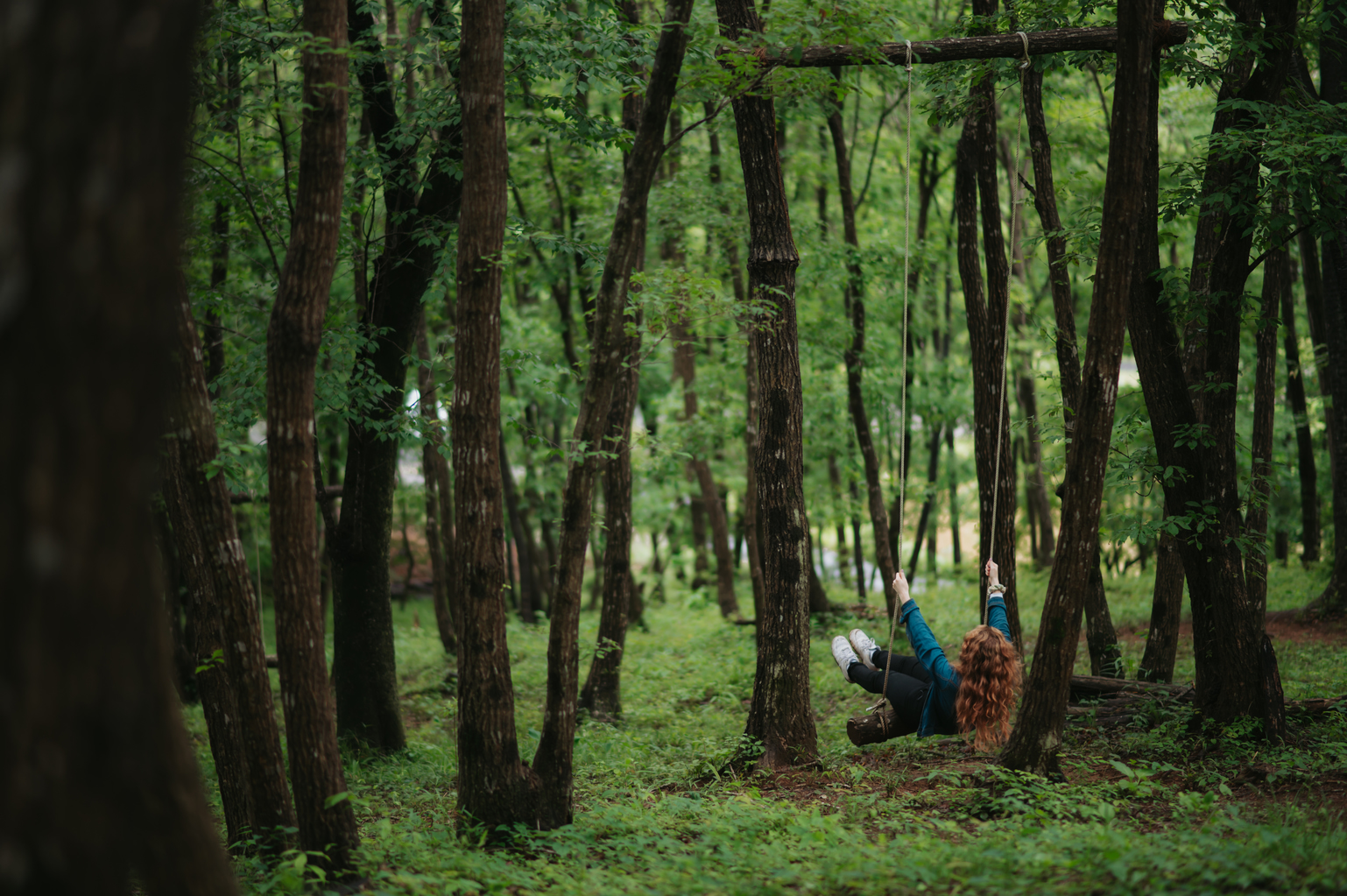
Koisago Art Forest
Day 1: Alternative Nature and Art Adventures
As with destinations, the main shopping street is the main lifeblood of the place. Start in the downtown Bato area, where the shotengai boasts curious shops like the House of Squirrels (stained glass and other crafts), Fashion Arai (geta and aprons) and Morikawaya Sweets Shop (butter dorayaki and other wagashi treats).
Savor Classic Flavors
Restaurant Michi is a Showa-style diner known for its classic cuisine — and its omurice in particular. In this old school version, the rice is cooked into the omelet itself, not separately. It’s a family-run restaurant that has been in business for over half a century. Kazuyuki Kikuchi took over from his father after training at the illustrious Hotel New Otani Tokyo. His velvety demi-glace sauce — a personal specialty — takes two weeks to prepare. Kikuchi espouses a local approach when it comes to sourcing ingredients and gets especially creative with seasonal offerings.
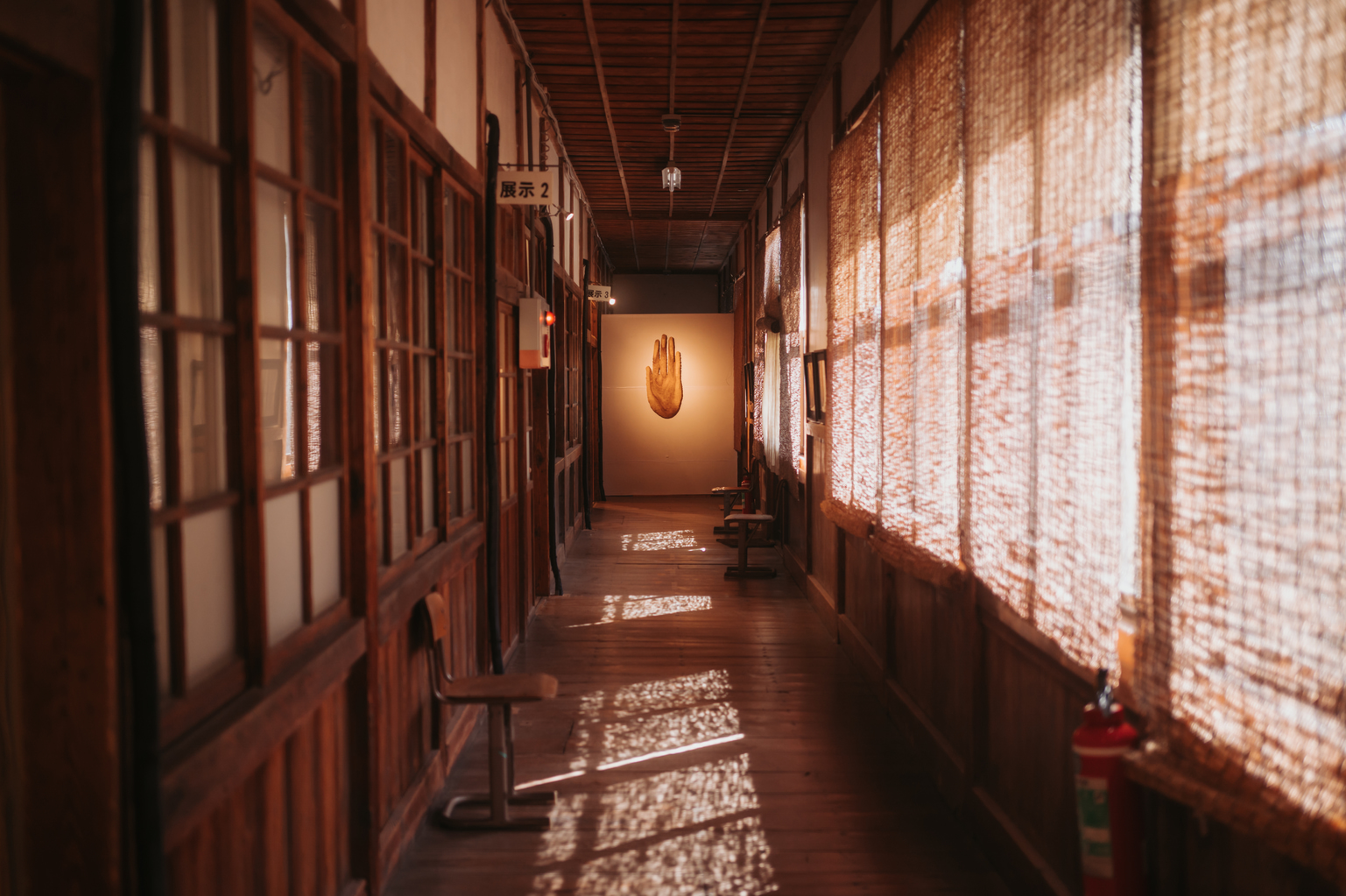
MOB Modern Museum of Alternative Art
Appreciate Outsider Art, Inside
Opened in 2001, MOB Modern Museum of Alternative Art‘s buildings hail from the Meiji and Taisho eras. Formerly an elementary school, there were a mere 20-odd students attending. The museum started as a place for people with physical or mental disabilities to showcase their art. Before then, temporary exhibitions were the norm, with no permanent art center for so-called outsider art. Here, “outsiders” are made the focal point, with regular rotating exhibition schedules. Entry to the café and museum shop — both decorated with colorful collages, paintings and ceramic art — is free. Admission prices for exhibitions vary.
Dig into a Goldmine of Ceramics
Fujita Ceramics Center is run by sixth generation potter Shinichi Fujita, whose ancestor discovered the rich clay of Koisago village in the 1830s. Since then, Koisago ware has been known for its distinctive gold flake-like glaze, kinkesho. Visitors can take a tour of the property, buy designs at the on-site store, or even try their hand at making their own creations at the Toyukan visitors’ center (reservations required).
Amble Around Forest Art
Yorokobi-no-mori & Koisago Satoyama Art Forest are adjacent experimental art projects in the form of a natural art museum. Here, carved statues — often atop tree trunks — can be found scattered around the woods. Honami Matsuo is one of the artists exhibiting her work here, with continual updates as older pieces deteriorate from exposure to the elements. One of the best seasons to stop by is in late May, when the whole hillside is carpeted in a deep and lush green.
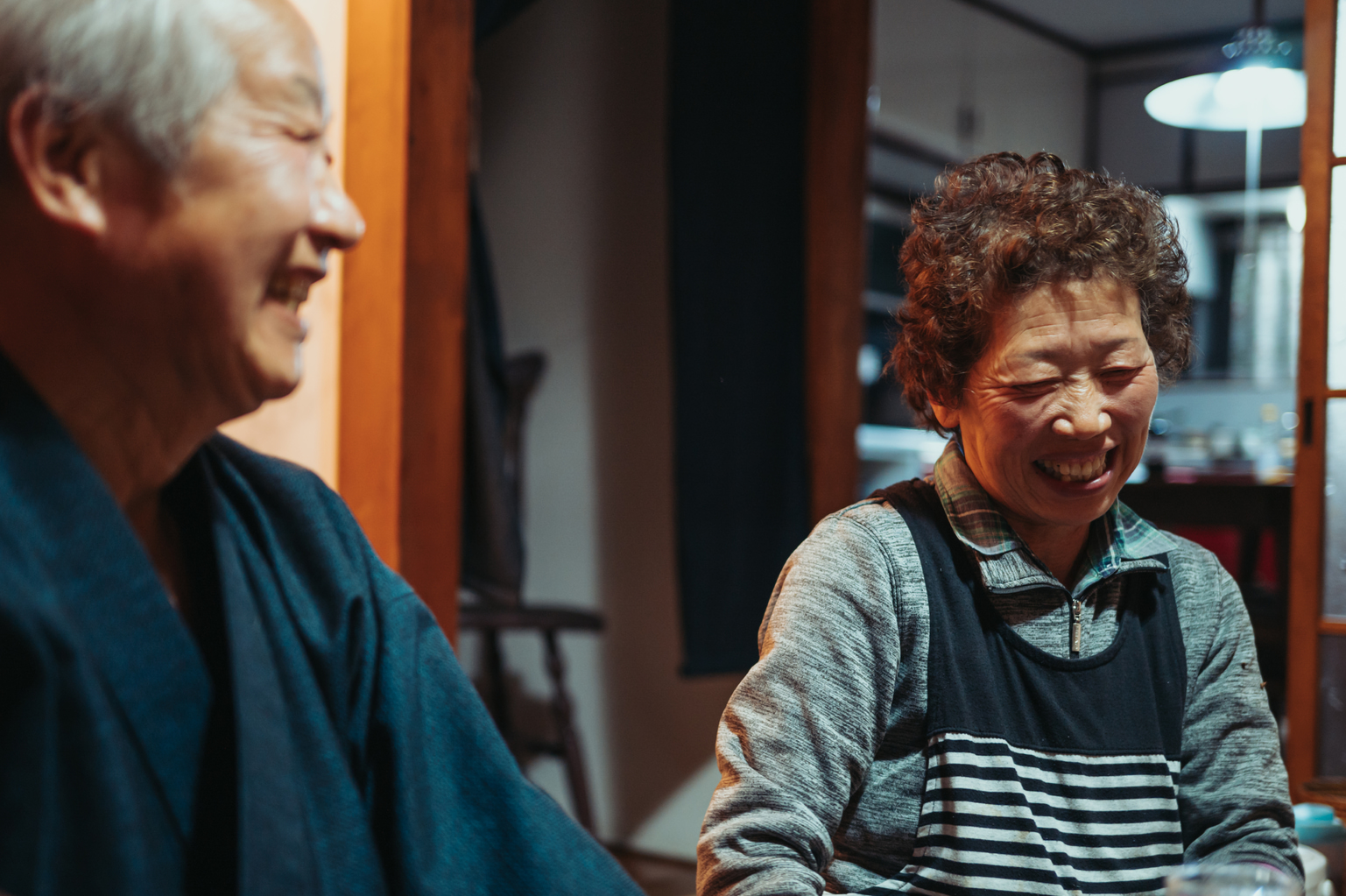
Farm dinner at the Gunji house
Dine with the Locals
Iizukatei collaborates with locals to offer enriching experiences for visitors, including homemade dinners. Takamichi and Mineko Gunji are one of many couples in the area that open up their homes to guests to enjoy homecooked meals and local sake for an evening or two. Together, guests and hosts can share stories that transcend language barriers, and make memories for life.
Snooze in the Abode of a Village Head
The sumptuous properties that make up Iizukatei lie just off the main Bato shotengai, making it a convenient base for exploration. Renovated only where needed, several of these spacious Edo and Meiji-era structures used to belong to the Iizuka family, a powerful clan of high status. Hotel services include rental bicycles, event and experience bookings and more.
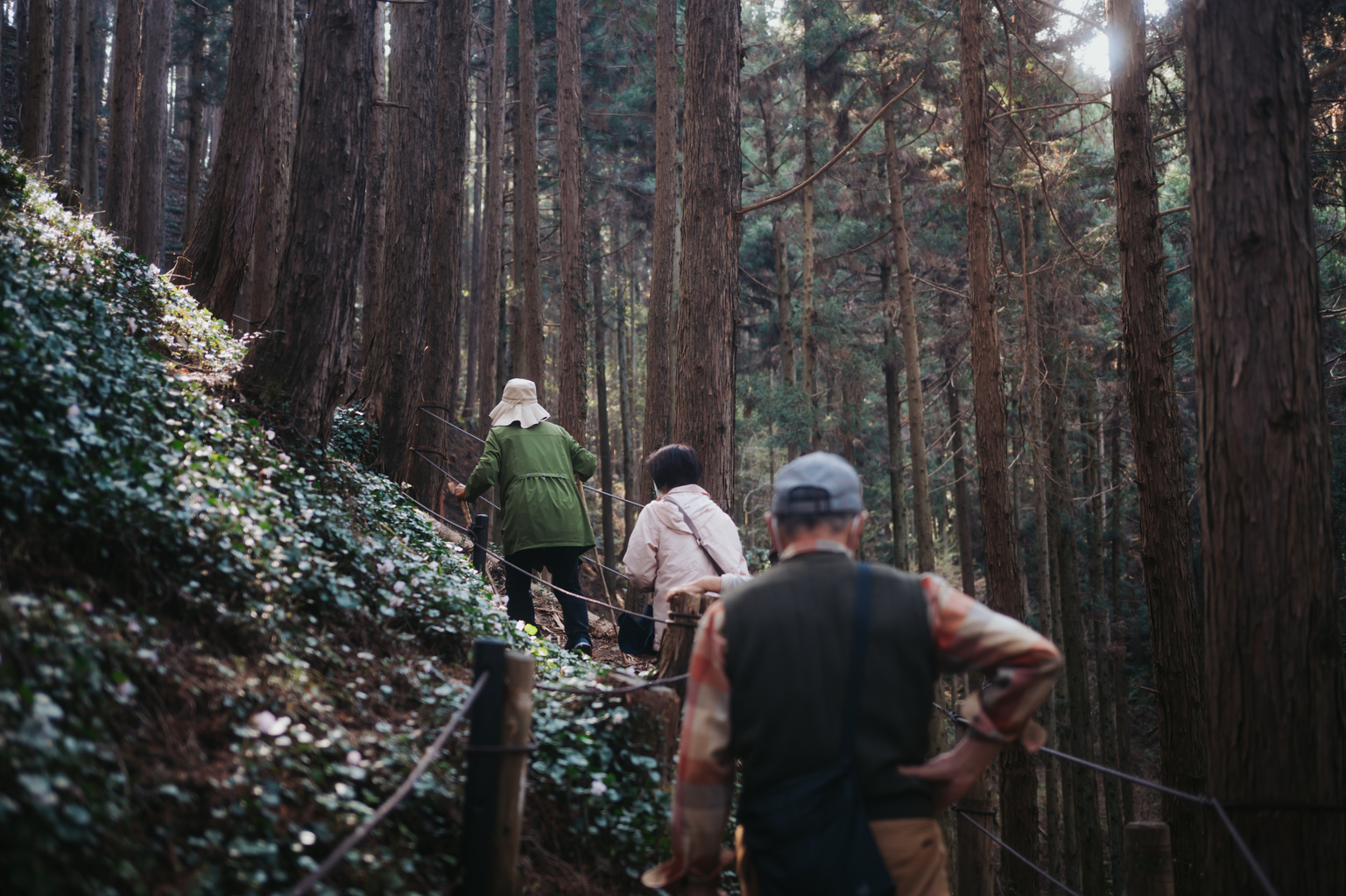
Tomiyama Funato Iwauchiwa Gunseichi
Day 2: Classic Art and Frolicking among Florals
Start the day with a flavorful selection of locally made dishes, delivered to your door at Iizukateil before setting off on your second day of adventures.
Explore Traditional Art in Modern Spaces
Nakagawa-machi Bato Hiroshige Museum of Art possesses an unrivaled collection of ukiyo-e works. Gifted to the town by local businessman Tosaku Aoki, the Aoki Collection features invaluable woodblock prints, paintings and drawings by famed artist Hiroshige Utagawa, as well as Kiyochika Kobayashi and Kiyoo Kawamura. About 70 pieces are shown at a time, together with themed exhibitions featuring other artists. The museum housing these stunning pieces is a work of art itself — designed by Kengo Kuma, the Yamizo cedar latticework reminisces of Hiroshige Utagawa’s Shono Station scene, taken from The Fifty-three Stages of the Tokaido Highway.
Take in the View
Stroll up to Bato Park, one of the area’s prime cherry blossom spots. Despite its beauty, it is almost devoid of crowds on weekdays, even in spring. In summer and autumn, the park serves as a great gathering place for picnics and a lookout over Nakagawa-machi as a whole. From the wooden observation tower at the end of the park, visitors can look down at Bato-in Temple — which rings its giant bell at 6am and 6pm sharp daily — the ruins of Mumo Castle and beyond.
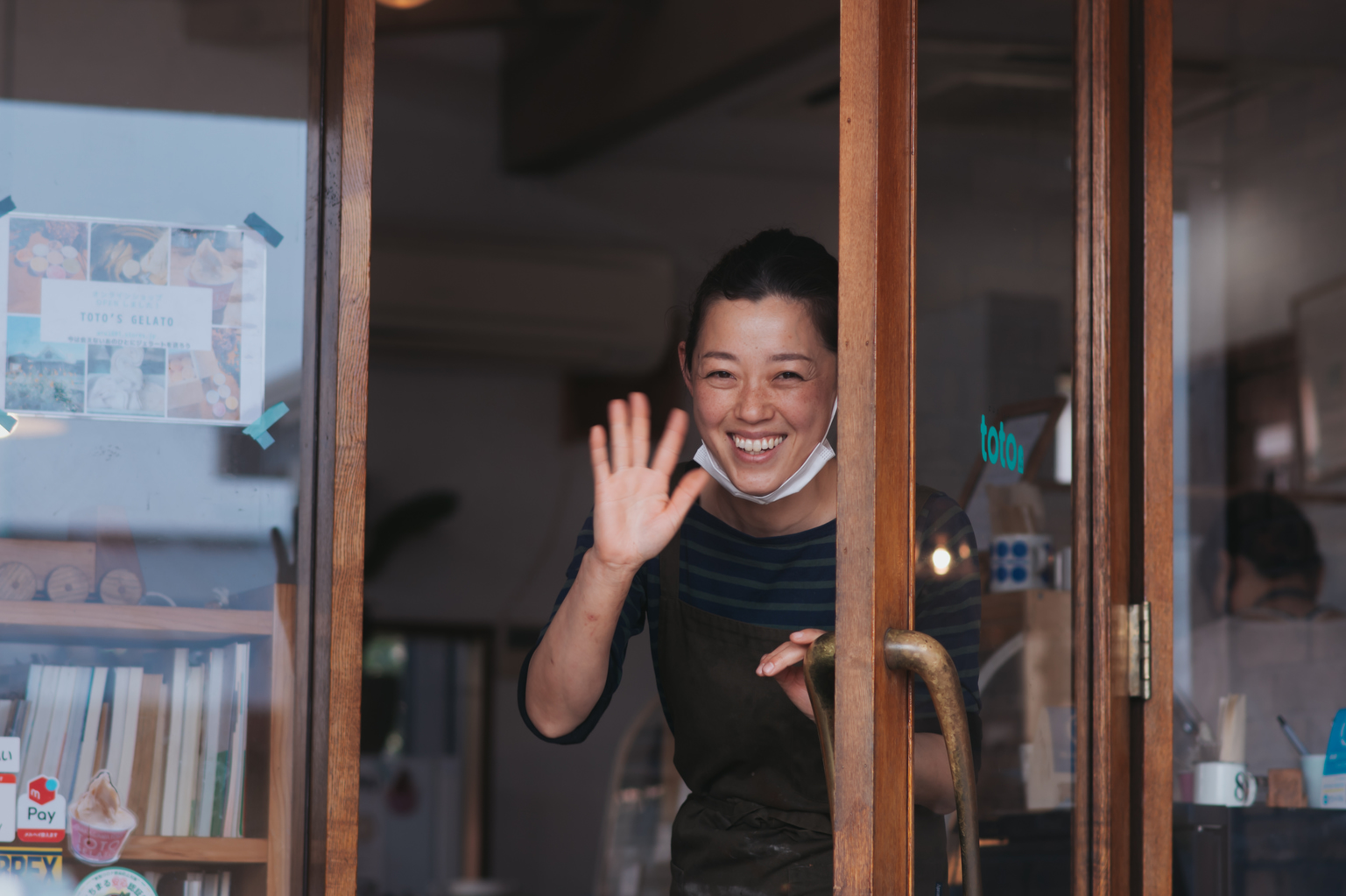
Cucina Toto
Live La Bella Dolce
As lunchtime rolls around, head out to Cucina Toto for authentic Italian cuisine. This bistro gem uses fresh seasonal and locally sourced ingredients to make an astounding range of pizzas, pasta and gelato. The espresso is a must — the rich, golden crema crowning the deep brown brew covers the tongue for a lingering mouthfeel to savor all day.
Elope to the Land of the Fairies
A visit to Tomiyama Funato Iwauchiwa Gunseichi requires precision timing, as this private estate is only open to visitors once a year, between late March and mid-April. However, any effort is liberally rewarded, as you’ll scale the forested hillside into a magical hinterland covered in delicate Nippon Bells and other native flora.
Photos by Lisa Knight

